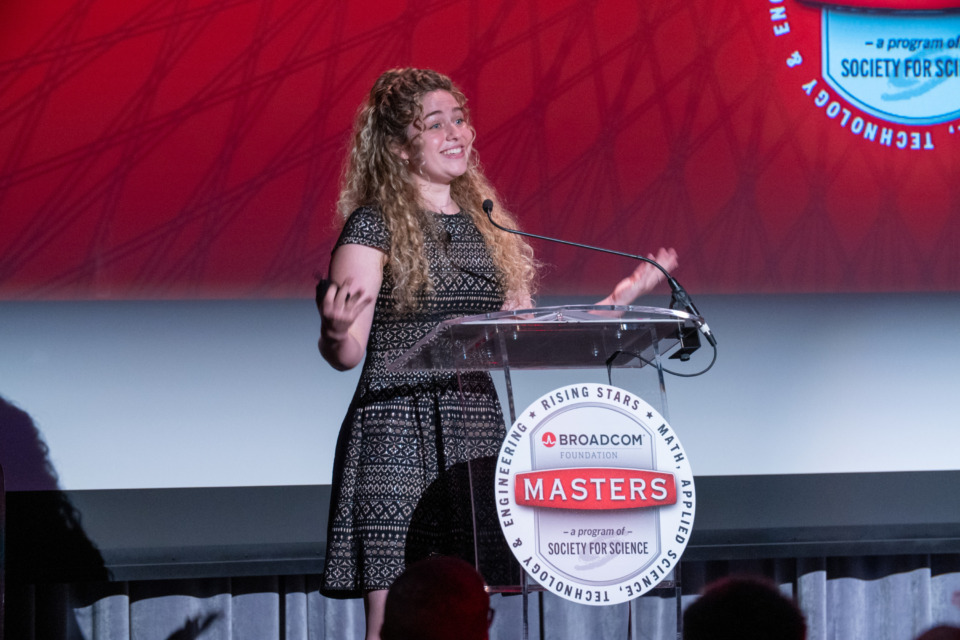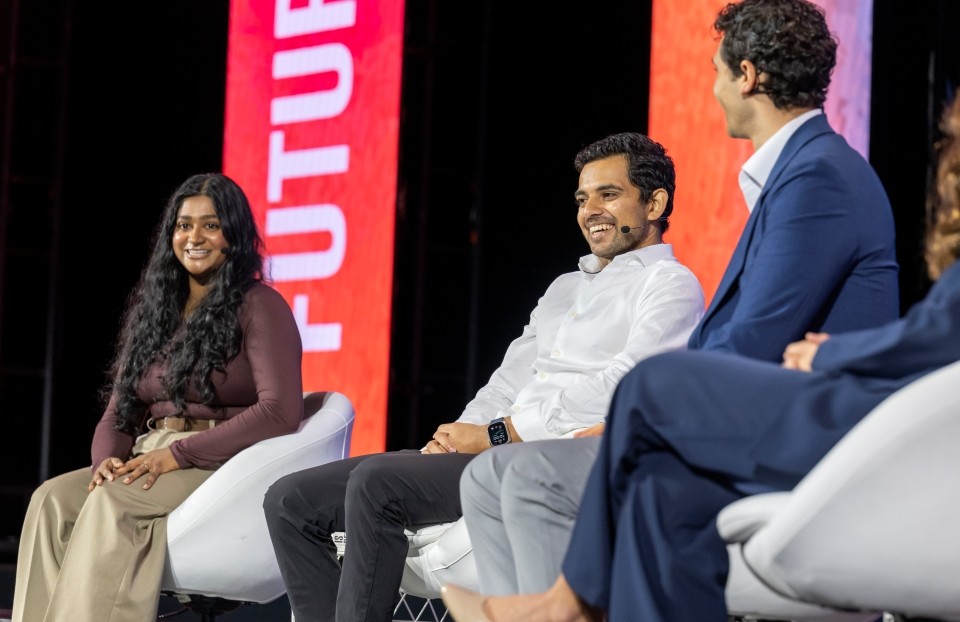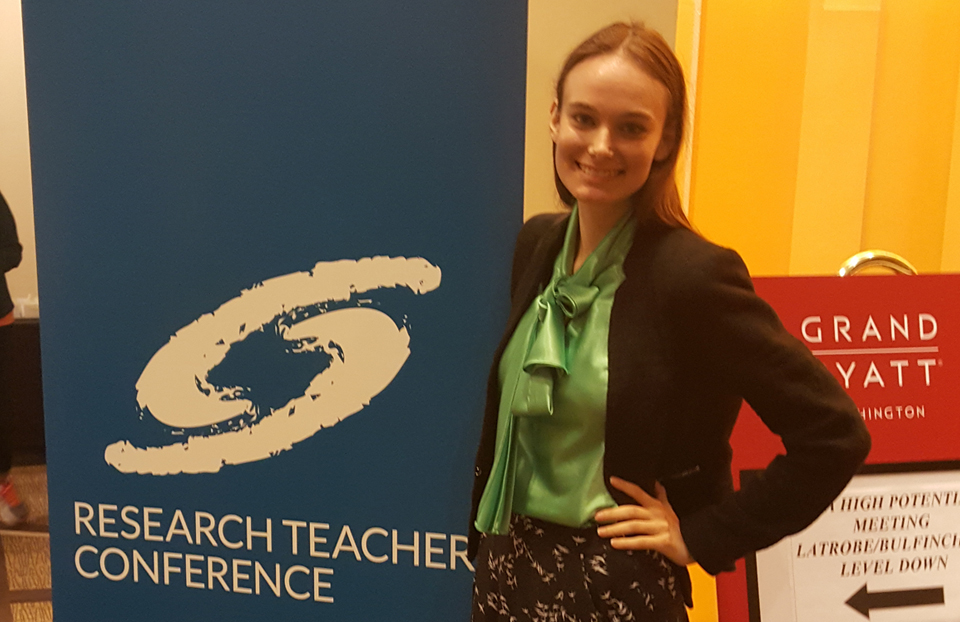Who you Gonna Call..?
By Caitlin Jennings, Communications Coordinator, Society for Science & the Public
We are often told not to believe what we see in the movies, but sometimes even the most imaginative movies, such as Ghostbusters or Star Wars, have some basis in scientific truth. Robert Gordon (Westinghouse Science Talent Search 1961) and his colleagues at the University of Illinois at Chicago found this when they decided to cross two focused femtosecond laser beams.
“We saw to our astonishment, when the laser beams cross in air, one beam intersects the other, turns the corner, [and] goes shooting out the direction of the other laser beam just like in Star Wars,” Robert says. “We called it the Ghostbuster Effect because that’s what happens in that movie; you are never supposed to cross the beams or when you cross the beams they unleash all kinds of horrible forces.”
Robert says, despite the astonishing effect and Hollywood allusions brought about by his research, “the explanation is rooted in very good science.” Plasma is produced by the crossing of the lasers, which stimulates Raman scattering and causes the effect. Plasma is a state of matter, like solid, liquid, and gas. However, unlike those states, plasma has ionized particles and may be manipulated by magnetic fields to form structures, such as filaments. Raman scattering occurs when photons are scattered inelastically, so that the outgoing photons have a different frequency than the incident photons. This causes energy to be transferred from the donor beam to the acceptor beam, which looks similar to the famous scene in Ghostbusters where the team crosses their laser streams to fight off evil ghosts.
Robert says he became interested in research with light “going all the way back to my days at Westinghouse [STS].” He remembers reading about astronomy and the universe in popular science magazines as a teenager. At that time, he was also interested in ophthalmology and worked at the New York Eye and Ear Infirmary. After High School and STS, Robert attended Harvard where he did some of his earliest molecular beam experiments with his mentor, former Society Board of Trustees Chair and Nobel Laureate Dudley Herschbach.
Robert has continued reading popular science magazines, such as Science News, and often gets ideas from them. For example, when learning recently about the origins of the universe and polarized light, he thought“well maybe when we are hitting our solid targets we’re making not a big bang, but a little bang, and maybe this little bang will also produce some polarized light coming out. But I never expected to see much of an effect.” He says, “We saw 100% of the light coming out being polarized. And that’s what got us into this whole business about the Ghostbuster Effect and things like that.” Fifty years later, his original interest in ophthalmology has also come full circle as his research has applications for treating glaucoma.
“You get your best ideas by looking outside … of the area you are working on,” Robert says, which is why he encourages young, aspiring scientists to read a broad array of scientific subjects and explore subjects that excite them. “It’s not an exaggeration to say that the things that excited me then have kept the fire burning all these years,” Robert says. “That’s why I do the experiments I’m doing now, it’s stuff which I read about in Science News-Letter [now Science News] back 50 years ago. I mean it’s changed a lot, but the same kind of excitement is still there.”
- Learn more:
- Robert Gordon’s research on lasers and controlling matter
- Plasma
- Raman scattering
- Robert is a member of the Society. Learn how you can also join the Society
- Read Science News, a publication of Society for Science & the Public


